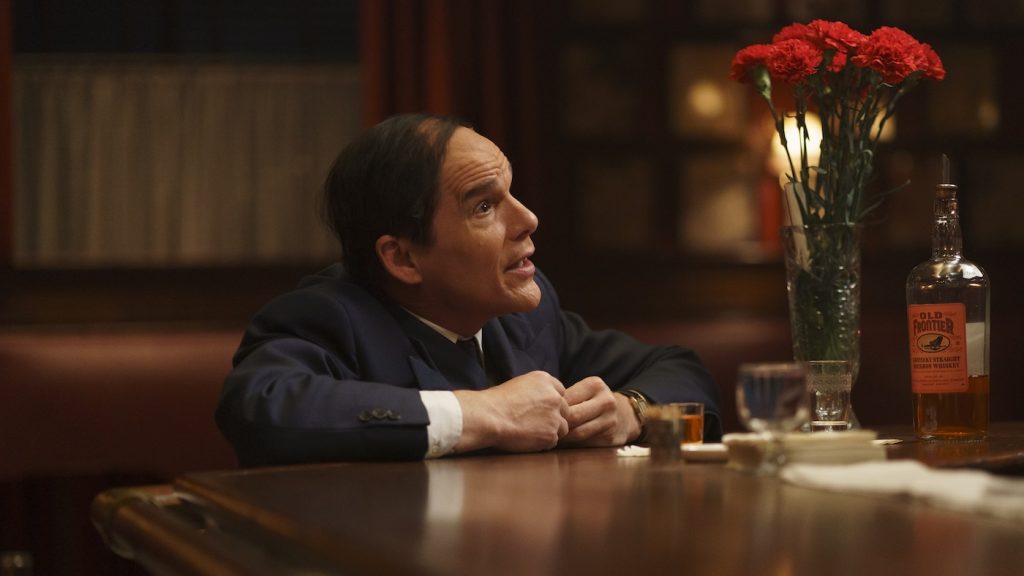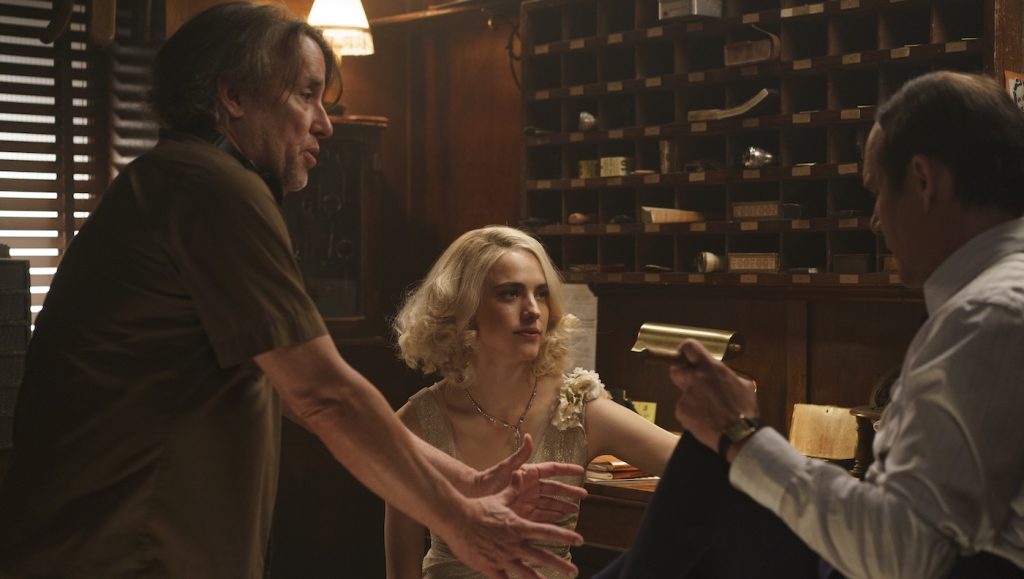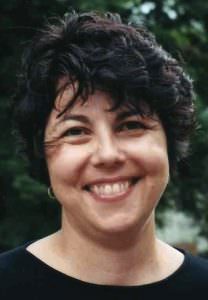“Blue Moon” Screenwriter Robert Kaplow on Capturing the Genius and Tragedy of Lorenz Hart in Richard Linklater’s Latest
People still sing, dance, and swoon to “My Funny Valentine,” “Where or Where,” and “Blue Moon.” But mention that those songs were written by Lorenz Hart, and you may get a puzzled “Who?” Luckily for screenwriter Robert Kaplow, whose film Blue Moon stars Ethan Hawke as Hart, at least one crucial person not only knew Lorenz Hart but loved his work.
“Richard Linklater made a film of my novel ‘Me and Orson Welles’, which was a good experience for me. He let me be involved; I went to the Isle of Man, where they shot the theater stuff,” said Kaplow.
The two stayed in touch. Linklater asked Kaplow what he was working on, and Kaplow told him he’d been writing about Lorenz Hart.

“There was a pause, and he said, ‘I am really interested in Lorenz Hart. Could I read it?’ That’s a pretty extraordinary thing for someone in the film business to say instead of ‘Who is that?’ or, even worse, silence.”
Kaplow had been fascinated by Hart’s life ever since his 20s, when he fell in love with the music of composer Richard Rodgers, Hart’s legendary collaborator, and the dynamic duo, who began writing together in 1919, are responsible for not only iconic Broadway musicals that became movies but also much of the Great American Songbook. But while Rodgers would end up joining with Oscar Hammerstein II to become one of the most successful composing teams of the 20th century, Hart struggled with alcoholism and died in 1943 at age 48.

Kaplow listened to an audio interview with Rodgers, recorded in the 1970s, that made a lasting impression on him. “When he got to the point about leaving Hart, there was something in his tone that was cold and businesslike. He was not going to allow himself to be sentimental about it. It was kind of chilling to hear. Something in my brain said, ‘I want to write about this.’ Thirty years later, it never left me. I thought it was worth writing about. The challenge was to try to create the voice of that lyricist who could have written ‘My Funny Valentine’ and ‘I Wish I Were in Love Again.’ His comedy; his irony — those songs are deeply romantic and sad with an undercurrent of yearning and loneliness and rejection.”

Image: Sabrina Lantos. Courtesy of Sony Pictures Classics
Although he worked for years on this “labor of love,” Kaplow didn’t know what the end result would be. “I write by hand and ended up with one hundred pages of material. I showed it to Richard, and he showed it to Ethan Hawke, who said, ‘This is a little movie.’”
The trio met regularly at Hawke’s New York City home to read through the dialogue. Still, Kaplow wasn’t convinced it would ever lead to a film. “It’s an odd project,” he said. “I was never sure it would get made.”
Blue Moon, now in theaters, imagines a single night when Hart, who was diminutive, balding, bisexual, and alcoholic, sees his personal and professional life unraveling. It’s the opening of Oklahoma! in 1943, the first collaboration between composer Rodgers (Andrew Scott) and lyricist Hammerstein (Simon Delaney) that would ultimately change Broadway history.
Arriving early for the after-party at Sardi’s restaurant, Hart engages in witty banter with the bartender (Bobby Cannavale) while awaiting the triumphant entrance of Rodgers and Hammerstein as well as his young protégée and crush, Elizabeth Weiland (Margaret Qualley). Later at the gathering, Rodgers encourages Hart to get himself in shape to write some new songs for their reworked show, A Connecticut Yankee. But Hart seems to grasp that the world and his place in it have forever changed.
Kaplow wanted his script to be more of a character study of Hart rather than a traditional cradle-to-grave story. “I did not want to do the typical biography like ‘Rhapsody in Blue’ about George Gershwin. There’s that terrible movie about Rodgers and Hart, Words and Music, with Mickey Rooney as Hart; even Rodgers didn’t like it. I don’t like movies that try to cover that much material.”
Me and Orson Welles (2008) takes place over the course of one week. That’s the kind of tight time focus Kaplow wanted for Blue Moon. “If you can move the camera in close enough, metaphorically, you can see all you need. In one night, you can see the DNA of everything else outside the frame; all that [Hart] was yearning for,” he said.
Blue Moon was shot in Ireland, where the crew built the famed Sardi’s bar and restaurant. Kaplow, who was on set for rehearsals, marveled at how Latham Gaines, credited as “height wizard,” transformed the 5’10” Hawke into the barely five-foot-tall Hart. “No CGI was used. It was all stage magic and tricks [such as Hawke] standing on the floor, but his feet were going through his shoes. Some of it is pretty astounding; things that only a magician would think of,” said Kaplow.

In the end, though, Kaplow credits Linklater for bringing his Lorenz Hart story to life.
“No other director in the world would have made this. He’d had commercial success with Hit Man [in 2023] and wanted to follow it up with a small film. First, he made Nouvelle Vague and [several months later] Blue Moon. That’s a testament to his integrity as a filmmaker.”
But long before Blue Moon became a screen reality, there were those readings in Hawke’s house with the actor reading Hart’s lines; Linklater as Rodgers and the bartender; and Kaplow playing Elizabeth. “There’s that fourteen-minute scene in the coat room between Hart and Elizabeth,” said Kaplow. “[At the end of the scene] Ethan Hawke had tears in his eyes and I thought, ‘I’m doing a love scene with Ethan Hawke and I’m a middle-aged man! Even if this movie doesn’t get made, this is a moment I’m going to remember.”

Image: Sabrina Lantos. Courtesy of Sony Pictures Classics
Blue Moon is in select theaters now.
Featured image: ETHAN HAWKE as Lorenz Hart, MARGARET QUALLEY as Elizabeth Weiland in ‘Blue Moon’ Image: Sabrina Lantos. Courtesy of Sony Pictures Classics



